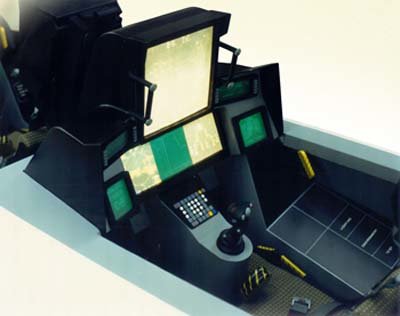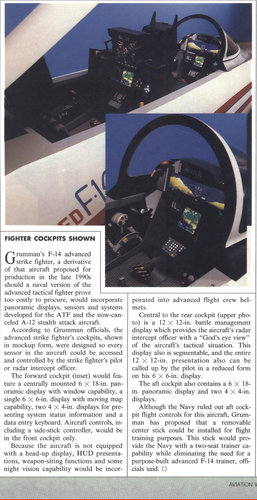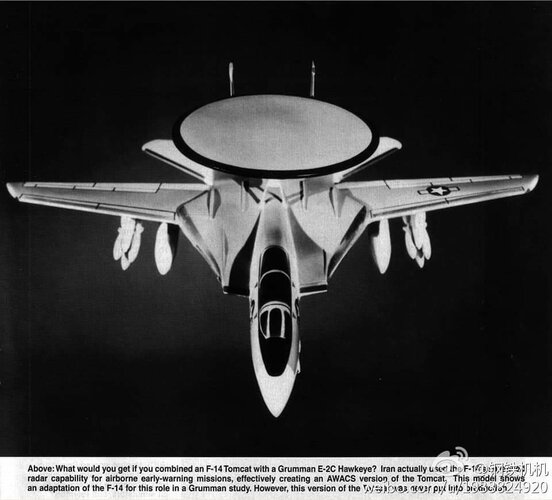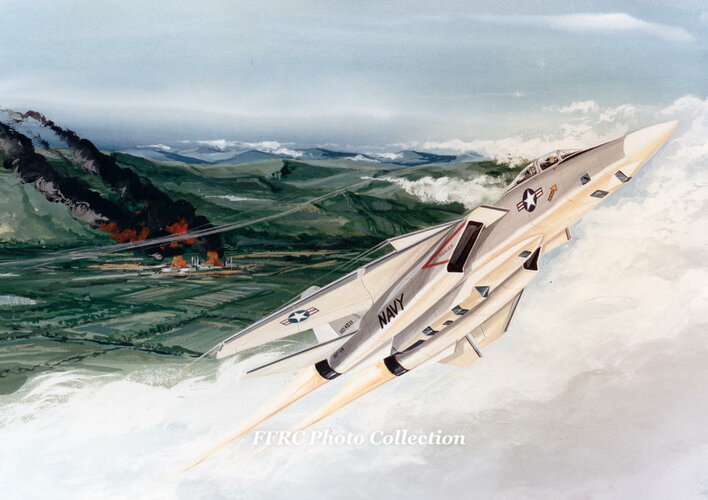A couple questions for y'all that I haven't been able to find the answers to, so perhaps someone here might know.
I've seen a couple posts on this site that suggest the F-14 would have been better if it could have been a couple of feet longer. How would this have improved the Tomcat? Aerodynamics? Fuel capacity? Space for avionics? And where would this length have been? Forward of the wing box? Between the nacelles? A LERX covering the intakes, as in the Grumman proposal for the F-15 program? In short, what would making the Tomcat longer accomplish?
Both the F-14C and the AST-21 are attack versions of an air to air variant, the F-14B (F401 engine) and the SuperTomcat 21 respectively. Did they retain the full air to air capability of the F-14B and ST21, and add additional strike capability, or would it have been necessary to degrade the air to air capability (perhaps by removing the AIM-54 capability) to create an attack focused variant?
In other words, is the progression F-14A, + the F401 = F-14B, + attack capability = F14C; or F-14B - (something) + attack capability to get the F-14C? Similarly for the AST21, was it ST21 + attack capability, or ST21 minus (something) that is replaced with attack capability?








